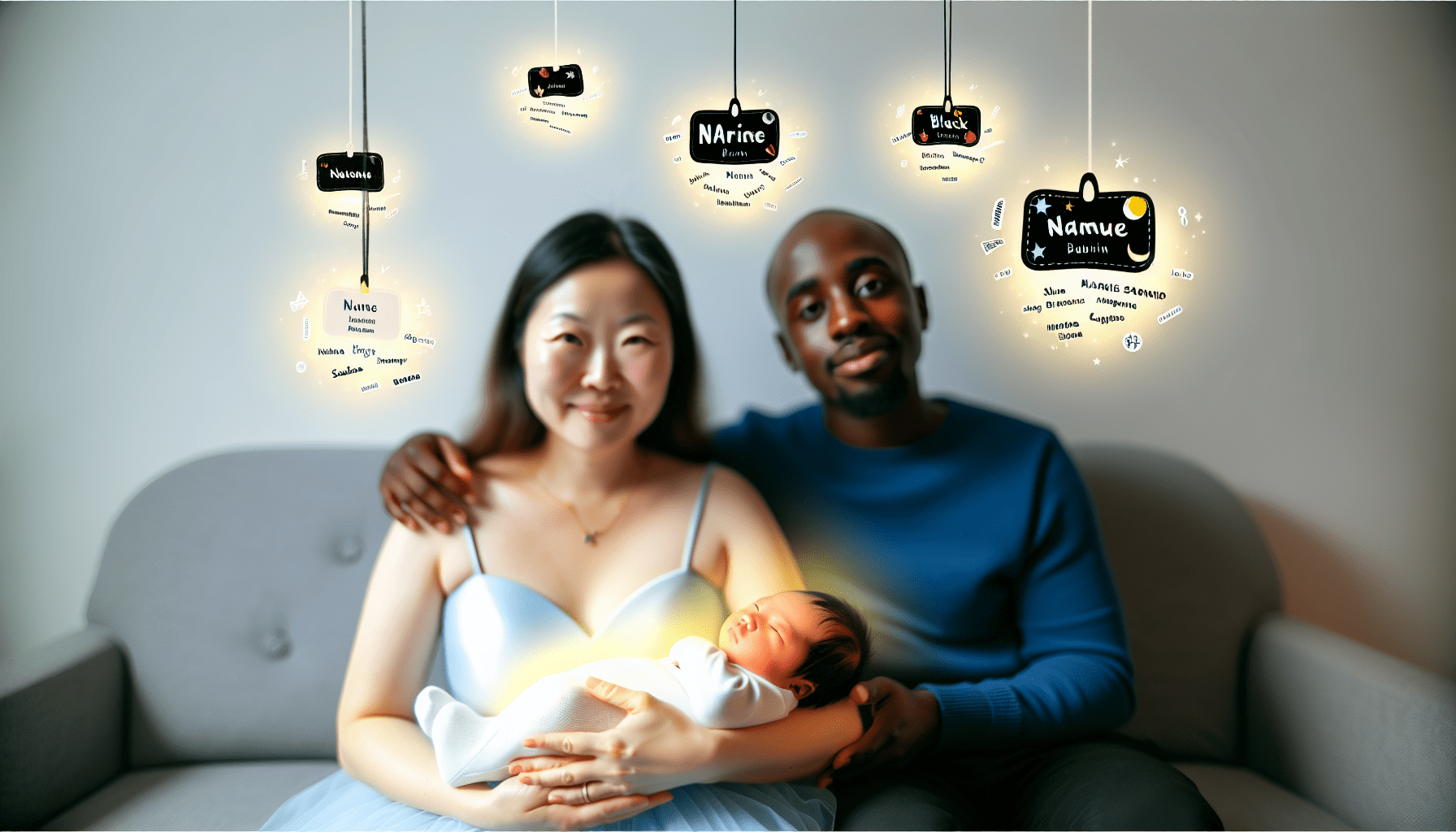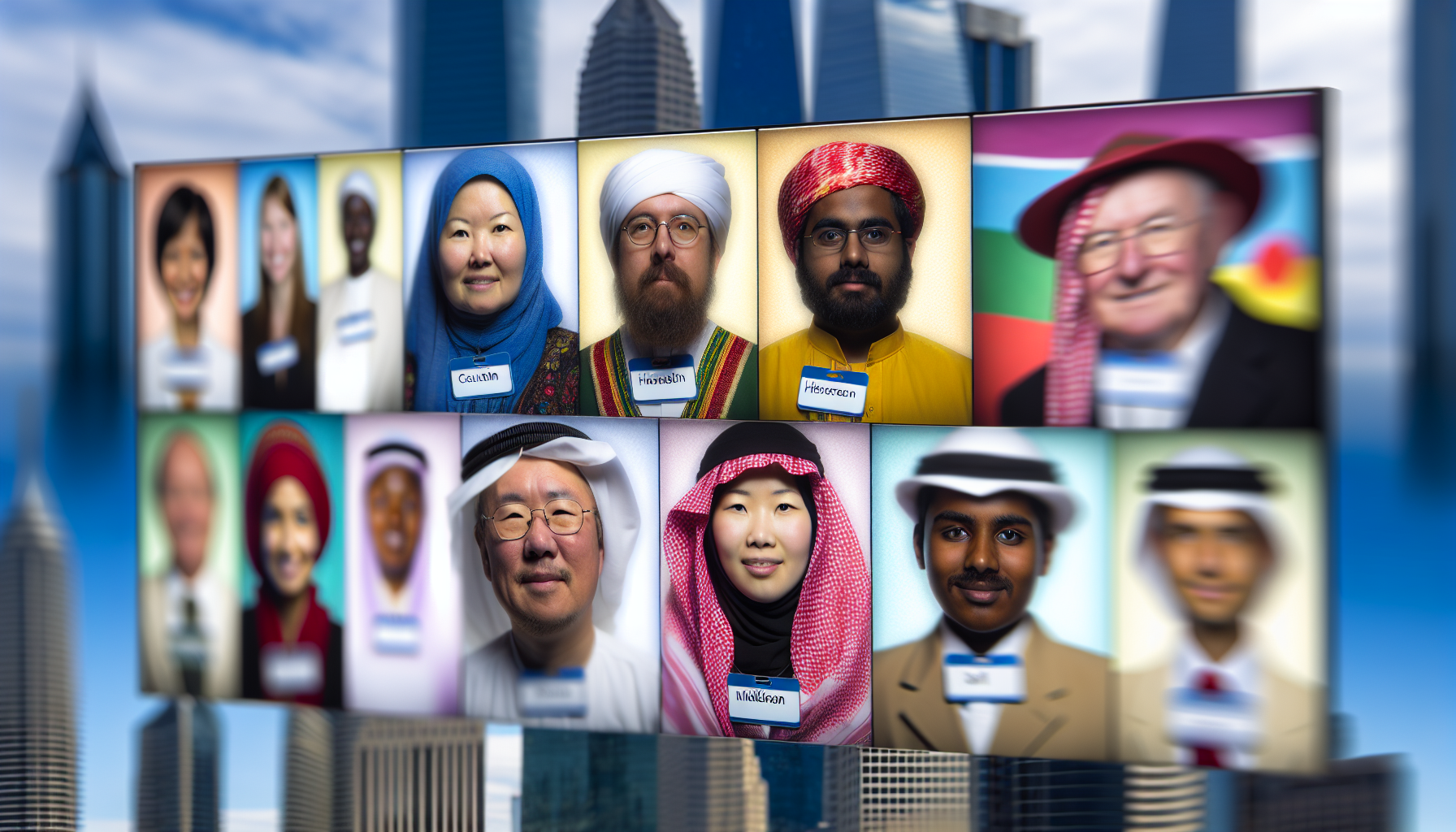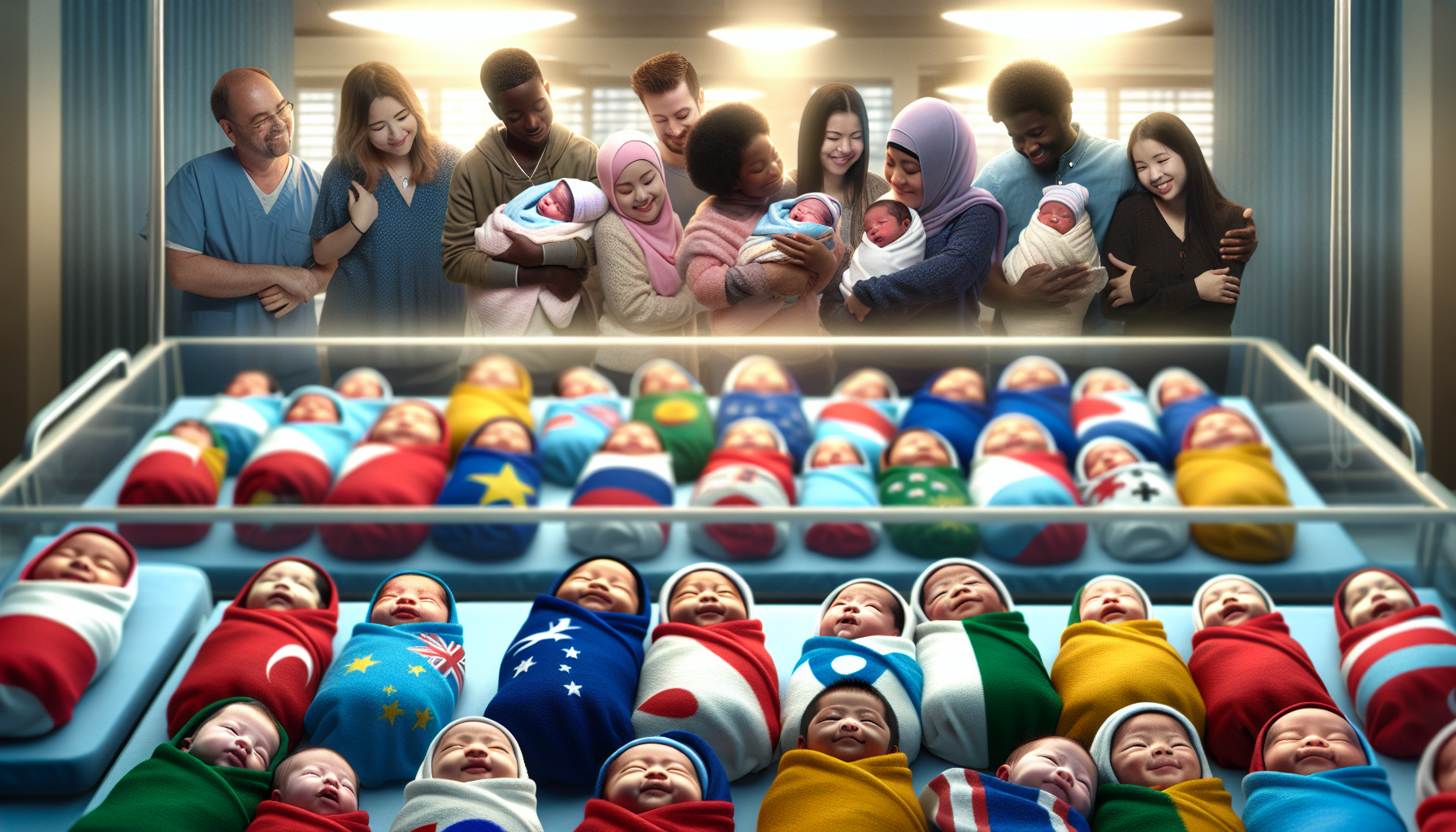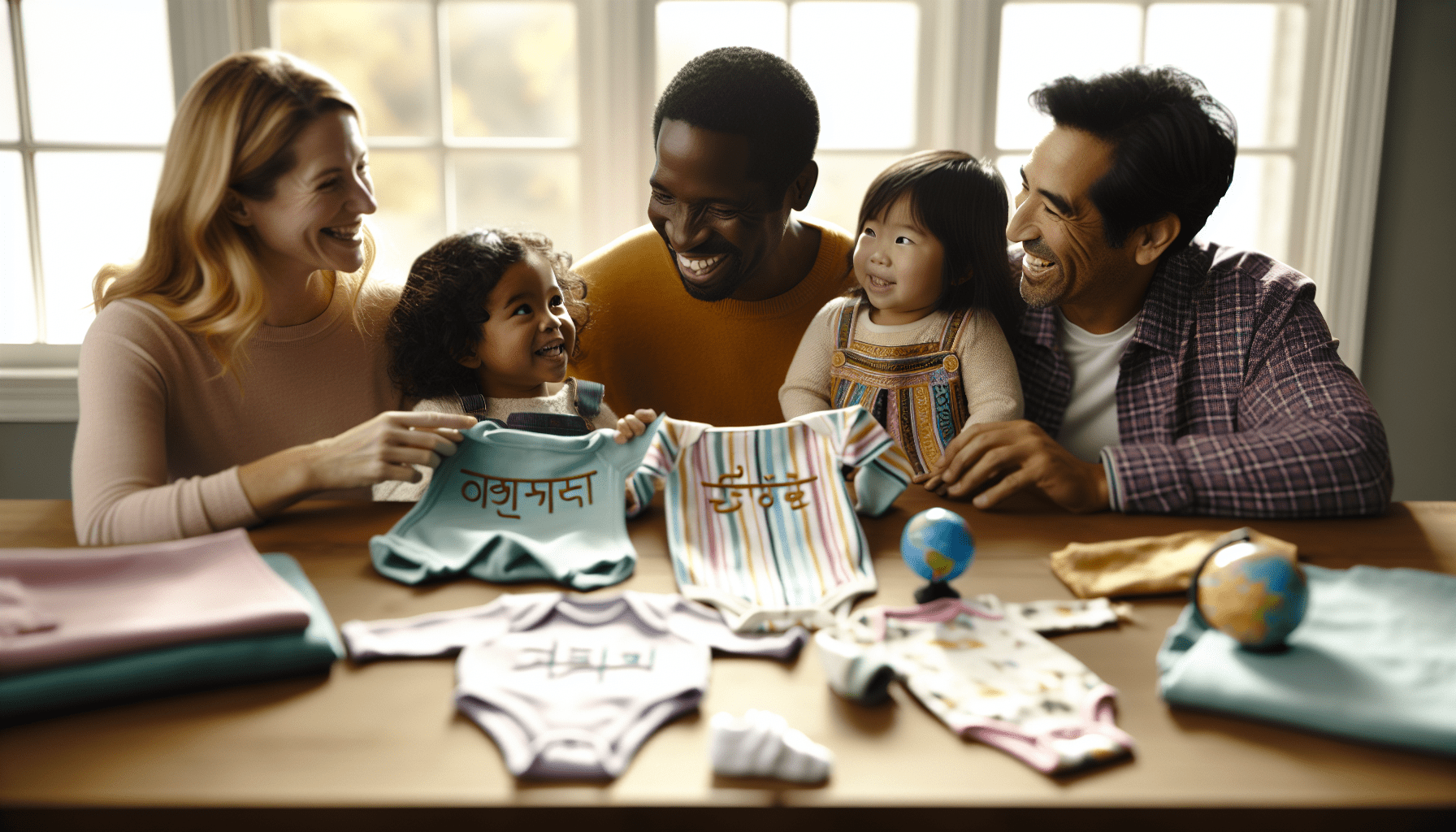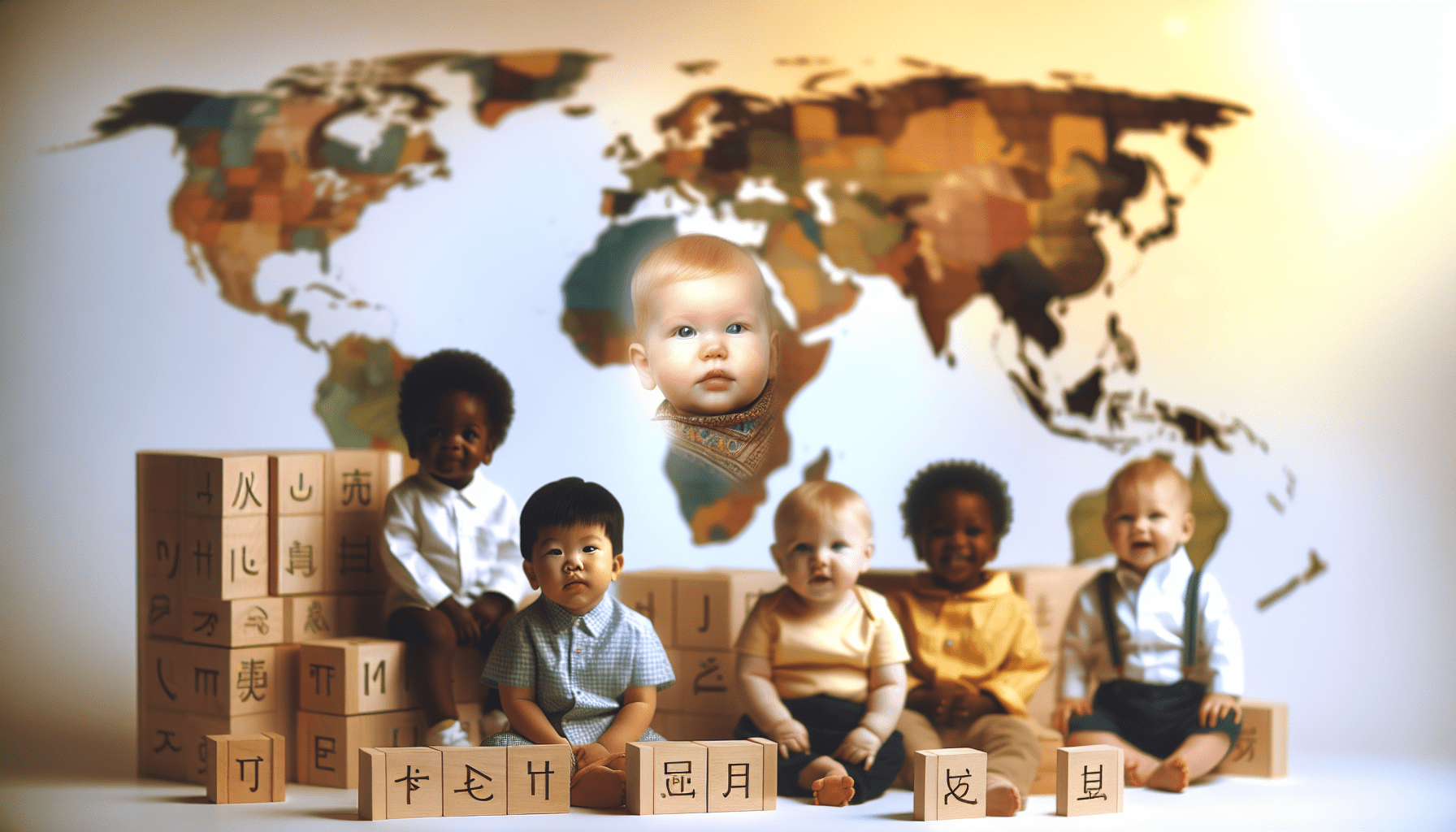
Explore the world’s baby names and discover how culture, migration and social media shape what parents choose in 2025. This article maps global naming trends, highlights popular regional favorites and offers practical guidelines for choosing a name that travels well across languages and borders, from classic to avant-garde trends.
Global naming trends and influences
Macro trends (2025) Tradition meets novelty as multicultural families, celebrity visibility, and social media co-create global baby names. Low fertility and urbanization intensify distinctiveness, while cross-cultural names and popular baby names 2025 cluster around mellifluous, short forms.
Historical context From nation-bound 20th‑century canons to post‑1990 globalization, 2020–2025 is notable for digital acceleration, pandemic-era online communities, and faster diffusion cycles.
Data and verification Verify all rankings via national offices and Wikipedia list pages; cite inline (e.g., US SSA; UK ONS; INE Spain; Statistics Canada) with source links.
Linguistic drivers Phonetic ease, orthography, and script portability favor names transliterating across Latin, Cyrillic, Arabic, Devanagari, and Chinese characters.
Social and cultural drivers Diaspora identity, revived heritage names, gender‑neutral adoption, and blended forms shape baby name trends.
Technology and media Platforms, algorithms, and baby‑name apps amplify micro-trends into cross-border waves.
Evidence
- Khaleesi/Daenerys surged post‑series (US—SSA, 2012–2019: https://www.ssa.gov/oact/babynames/)
- Kylo spiked after The Force Awakens (US—SSA, 2016–2017)
- Elsa rose post‑Frozen (England & Wales—ONS, 2014–2015: https://www.ons.gov.uk/…/babynamesenglandandwales)
Outlook (5–10 years) Expect resilient cross-cultural names, more transliteration‑friendly and gender‑neutral choices, cyclic revivals, and faster, data-driven trend arcs.
Regional favorites and top lists
North America The U.S. blends timeless choices like Olivia “olive tree” and Liam (Irish short form of William) with rising multicultural picks (SSA, 2023). Canada’s national picture aggregates provincial trends toward soft vowels and simple spellings (Statistics Canada via Wikipedia, 2022).
United States — SSA, 2023
Girls
- Olivia
- Emma
- Charlotte
- Amelia
- Sophia
- Mia
- Isabella
- Ava
- Evelyn
- Luna
Boys
- Liam
- Noah
- Oliver
- James
- Elijah
- Mateo
- Theodore
- Henry
- Lucas
- William
Canada — Statistics Canada via Wikipedia, 2022 (best national collation)
Girls
- Olivia
- Emma
- Charlotte
- Amelia
- Sophia
- Chloe
- Mia
- Ava
- Lily
- Isla
Boys
- Noah
- Liam
- William
- Oliver
- Theodore
- Jack
- Lucas
- Benjamin
- Leo
- James
United Kingdom and Ireland England & Wales show a balance of Arabic-rooted Muhammad and Anglo classics like George (ONS, 2022). Ireland sustains Gaelic revivals (Rían, Tadhg) alongside pan-European favorites (CSO, 2023).
United Kingdom (England & Wales) — ONS, 2022
Girls
- Olivia
- Amelia
- Isla
- Ava
- Ivy
- Freya
- Lily
- Florence
- Mia
- Willow
Boys
- Noah
- Muhammad
- Oliver
- George
- Leo
- Arthur
- Oscar
- Theodore
- Henry
- Freddie
Ireland — CSO, 2023
Girls
- Grace
- Emily
- Fiadh
- Sophie
- Lily
- Ella
- Mia
- Olivia
- Amelia
- Ava
Boys
- Jack
- Noah
- James
- Rían
- Charlie
- Oliver
- Oisín
- Liam
- Tadhg
- Daniel
Western Europe France leans to sleek, two-syllable forms (Jade, Léo), Spain preserves saints’ names (Martín, Lucía), and Germany favors pan-European phonetics (Emilia, Noah) (INSEE 2022; INE 2022; GfdS 2023).
France — INSEE, 2022
Girls
- Jade
- Louise
- Emma
- Ambre
- Alice
- Alba
- Rose
- Anna
- Mia
- Lina
Boys
- Gabriel
- Léo
- Raphaël
- Maël
- Louis
- Noah
- Jules
- Arthur
- Adam
- Lucas
Spain — INE, 2022
Girls
- Lucía
- Martina
- Sofía
- María
- Julia
- Paula
- Emma
- Valeria
- Daniela
- Alba
Boys
- Martín
- Mateo
- Hugo
- Lucas
- Leo
- Daniel
- Alejandro
- Manuel
- Pablo
- Álvaro
Germany — GfdS, 2023
Girls
- Emilia
- Mia
- Sophia/Sofia
- Emma
- Hanna/Hannah
- Mila
- Ella
- Lina
- Klara/Clara
- Marie
Boys
- Noah
- Matteo/Matheo
- Leon
- Finn
- Elias
- Paul
- Emil
- Luca
- Louis
- Henry
Eastern Europe Poland’s saints-and-slavic mix (Antoni, Zuzanna) contrasts with Russia’s traditional core (Alexander, Sofia); Moscow serves as a proxy where national consolidation lags (Poland MC 2023; Moscow ZAGS 2023).
Poland — Ministry of Digital Affairs, 2023
Girls
- Zuzanna
- Zofia
- Hanna
- Maja
- Laura
- Julia
- Alicja
- Oliwia
- Pola
- Maria
Boys
- Antoni
- Jan
- Aleksander
- Jakub
- Leon
- Mikołaj
- Franciszek
- Filip
- Nikodem
- Szymon
Russia (Moscow proxy) — Moscow Civil Registry/ZAGS, 2023 (regional, best available)
Girls
- Sofia
- Maria
- Anna
- Alice
- Victoria
- Alexandra
- Eva
- Polina
- Ksenia
- Varvara
Boys
- Alexander
- Mikhail
- Artem
- Maxim
- Ivan
- Dmitry
- Lev
- Matvey
- Mark
- Timofey
Latin America Mexico’s compound names (María José) coexist with pan-Hispanic hits (Santiago), while Brazil’s registry shows rhythmic, vowel-rich choices (Helena, Miguel) (RENAPO via Wikipedia 2022; Arpen-Brasil 2023).
Mexico — RENAPO via Wikipedia, 2022
Girls
- Sofía
- María José
- Valentina
- Ximena
- Regina
- Camila
- Victoria
- Renata
- María Fernanda
- Daniela
Boys
- Santiago
- Mateo
- Sebastián
- Leonardo
- Emiliano
- Diego
- Daniel
- Gael
- Miguel Ángel
- Alexander
Brazil — Arpen-Brasil, 2023
Girls
- Helena
- Alice
- Laura
- Maria Alice
- Sophia
- Manuela
- Maitê
- Liz
- Heloísa
- Júlia
Boys
- Miguel
- Arthur
- Gael
- Heitor
- Theo
- Davi
- Bernardo
- Gabriel
- Samuel
- Pedro
Sub-Saharan Africa Nigeria’s data are fragmented; contemporary lists show English virtue names and Abrahamic choices (indicative only). South Africa’s official stats highlight Nguni/Sotho meanings like Melokuhle “stand for good” (Stats SA, 2022).
Nigeria — BabyCentre Nigeria, 2023 (community dataset, indicative)
Girls
- Precious
- Princess
- Mercy
- Favour
- Esther
- Joy
- Blessing
- Deborah
- Grace
- Peace
Boys
- David
- Daniel
- Joshua
- Michael
- Samuel
- Emmanuel
- Noah
- Elijah
- Joseph
- Prince
South Africa — Statistics South Africa, 2022
Girls
- Melokuhle
- Lethabo
- Iminathi
- Enzokuhle
- Precious
- Lisakhanya
- Amogelang
- Amahle
- Minenhle
- Khutso
Boys
- Lethabo
- Junior
- Melokuhle
- King
- Blessing
- Prince
- Bandile
- Siyabonga
- Khutso
- Thato
Middle East and North Africa Egypt and Morocco center Arabic theophoric forms (Muhammad “praised,” Abd al‑Rahman “servant of the Merciful”) with modern shortforms (Adam, Aya) (CAPMAS via news 2019; Morocco MOI via press 2020/2021).
Egypt — CAPMAS via Ahram/Youm7, 2019 (best available)
Girls
- Maryam
- Fatma
- Sara
- Jana
- Farah
- Salma
- Rana
- Hana
- Malak
- Nour
Boys
- Ahmed
- Mohamed
- Youssef
- Omar
- Ali
- Mahmoud
- Mostafa
- Karim
- Abdelrahman
- Yassin
Morocco — Ministry of Interior via Morocco World News, 2020/2021 (best available)
Girls
- Fatima Zahra
- Aya
- Salma
- Malak
- Ritaj
- Ghita
- Maryam
- Joud
- Hiba
- Sara
Boys
- Mohamed
- Adam
- Youssef
- Ayoub
- Hamza
- Yassine
- Anass
- Othmane
- Rayan
- Mehdi
South Asia India’s vast diversity skews toward Sanskrit roots in urban datasets (Aarav “peaceful,” Aadhya “first power”), while Bangladesh blends Arabic and Persian forms (BabyCenter India 2023; Wikipedia aggregates for Bangladesh).
India — BabyCenter India, 2023 (community dataset, best available)
Girls
- Aaradhya
- Aadhya
- Advika
- Anaya
- Myra
- Sara
- Iraa
- Kiara
- Amaira
- Siya
Boys
- Aarav
- Vivaan
- Aditya
- Vihaan
- Arjun
- Sai
- Reyansh
- Mohammad
- Atharv
- Siddharth
Bangladesh — Wikipedia syntheses from voter rolls/news, 2020s (indicative)
Girls
- Jannat
- Nusrat
- Sumaiya
- Jannatul
- Fatema
- Umme
- Tasnim
- Meem
- Mou
- Riya
Boys
- Mohammad
- Md.
- Abdur
- Hasan
- Hossain
- Rakib
- Shakib
- Rahim
- Karim
- Al Amin
East Asia China’s Ministry data favors modern virtue/poetic combos (Yinuo “one promise”), Japan’s kanji aesthetics lead (Ren “lotus”), and Korea trends toward soft 2-syllable names (MPS 2023; Meiji Yasuda 2023; Supreme Court 2023).
China — Ministry of Public Security via Xinhua, 2023
Girls
- 一诺 (Yinuo)
- 梓涵 (Zihan)
- 欣怡 (Xinyi)
- 诗涵 (Shihan)
- 可欣 (Kexin)
- 沐瑶 (Muyao)
- 梦瑶 (Mengyao)
- 怡然 (Yiran)
- 安然 (Anran)
- 依诺 (Yinuo)
Boys
- 宇轩 (Yuxuan)
- 浩宇 (Haoyu)
- 浩然 (Haoran)
- 子墨 (Zimo)
- 奕辰 (Yichen)
- 亦辰 (Yichen)
- 一凡 (Yifan)
- 梓睿 (Zirui)
- 皓宇 (Haoyu)
- 梓轩 (Zixuan)
Japan — Meiji Yasuda, 2023
Girls
- Tsumugi (紬)
- Himari (陽葵)
- Mei (芽依)
- Ema (恵愛)
- Yua (結愛)
- Mio (美桜)
- Rin (凛)
- Aoi (葵)
- Ichika (一花)
- Hana (花)
Boys
- Ren (蓮)
- Haruto (陽翔)
- Minato (湊)
- Aoi (碧)
- Ritsu (律)
- Haru (陽)
- Itsuki (樹)
- Asahi (朝陽)
- Yuto (悠斗)
- Sota (颯太)
South Korea — Supreme Court via Wikipedia, 2023
Girls
- Seo-ah
- Ha-yoon
- Seo-yeon
- Ji-woo
- Ha-rin
- Ah-yoon
- Ye-seo
- Chae-won
- Soo-ah
- Min-seo
Boys
- Seo-jun
- Ha-joon
- Do-yoon
- Si-woo
- Ye-jun
- Eun-woo
- Ji-ho
- Joon-woo
- Min-jun
- Gun-woo
Southeast Asia The Philippines mixes Spanish-English traditions (Maria, John Mark), while Indonesia reflects Arabic and indigenous elements (Muhammad, Siti) (PSA via Wikipedia 2019/2020; Dukcapil samples via press 2016–2022).
Philippines — PSA via Wikipedia, 2019/2020 (best available)
Girls
- Maria
- Angel
- Princess
- Ashley
- Samantha
- Andrea
- Nicole
- Mary Joy
- Christine
- Rose Ann
Boys
- Joshua
- John Mark
- Christian
- James
- Daniel
- John Paul
- Mark
- John
- Joseph
- Adrian
Indonesia — Dukcapil samples via Kompas/Wikipedia, 2016–2022 (indicative)
Girls
- Siti
- Putri
- Nurul
- Aulia
- Dewi
- Ayu
- Fitri
- Anisa
- Indah
- Rizka
Boys
- Muhammad
- Ahmad
- Budi
- Rizky
- Fajar
- Putra
- Ramadhan
- Aldi
- Dwi
- Ilham
Oceania Australia’s state-collated national list favors mellifluous vowels (Amelia, Oliver), while New Zealand blends UK influence with Māori resurgence in middle names (McCrindle 2023; DIA NZ 2023).
Australia — McCrindle (state registry synthesis), 2023
Girls
- Amelia
- Charlotte
- Isla
- Olivia
- Mia
- Ava
- Matilda
- Ella
- Grace
- Willow
Boys
- Oliver
- Noah
- Leo
- William
- Henry
- Jack
- Theodore
- Luca
- Thomas
- Charlie
New Zealand — Department of Internal Affairs, 2023
Girls
- Isla
- Amelia
- Charlotte
- Olivia
- Ava
- Willow
- Mia
- Lily
- Harper
- Mila
Boys
- Oliver
- Noah
- Leo
- Luca
- Jack
- William
- Charlie
- George
- Theo
- James
Comparative notes: Cross-regional staples (Olivia, Noah, Lucas/Lukas, Emma) reflect soft vowel appeal and biblical roots. Regional uniqueness includes Spanish compound names (María José), Slavic diminutives (Zuzanna), diacritics (Léo, Álvaro), and East Asian kanji/hanzi morphemes (Ren, Yinuo). Migration/media drive crossovers like Mateo (US/Spain), Muhammad (UK), and Leo (EU/Oceania).
Choosing names that travel well
- Practical checklist: Readability (simple letters; diacritic fallback), Pronunciation (test EN/ES/FR/AR/HI/ZH), Avoid homophones/offense (slang search), Baby name legality (length/characters/bans), Surname fit (initials, rhythm, order).
- Phonetic/script adaptation: Sofia → Sophia/Sofía/София/صوفيا/소피아; Yusuf → Youssef/Jusuf/يوسف; Maya → Maja/Maïa/Маја/مايا/玛娅; Gabriel → Gabriele/Gabriël/Гавриил/גַבְרִיאֵל; Aisha → Aïcha/Ayesha/Aixa/عائشة. Keep meaning; adjust diacritics, transliterate, or localize endings.
- Legal/admin: Typical rules—length caps, Latin letters only or approved scripts, limited punctuation, banned titles/insults. Verify with civil registry, national statistics office, and Wikipedia “naming law” pages.
- Cultural sensitivity: Ask elders for authentic forms, learn baby name pronunciation, avoid sacred/tribal names without ties, prefer endonyms, use middle names to honor heritage.
- Tools/resources: Behind the Name; national stats (SSA US, ONS UK, INSEE FR, etc.); Forvo/IPA charts; Wikipedia + official lists; transliteration tables (ISO, UNGEGN).
- Decision framework: Shortlist 3–5; stress-test across languages/docs; confirm legality; get native-speaker feedback; finalize spelling for passports/records.
- Case: A Mexican–Polish couple chose “Elena.” They vetted EN/ES/PL pronunciation, avoided “Helena” to dodge H-sound issues, and registered “Elena” with “Helena” as a middle to honor grandma.
- Case: A Tunisian–French family picked “Youssef.” They use “Yusuf” in anglophone contexts, confirmed diacritic-free documents, and ensured initials worked with a double surname—an international baby names win.
Conclusions
In summary global baby naming in 2025 blends tradition, mobility and digital influence. Use regional top lists and cultural meanings as a guide, but prioritize pronounceability and legal considerations when choosing a name for a child who may live cross-border. Embrace names that honor heritage while offering flexibility for a global future. Consider trends but aim for timelessness and respect for meaning.

